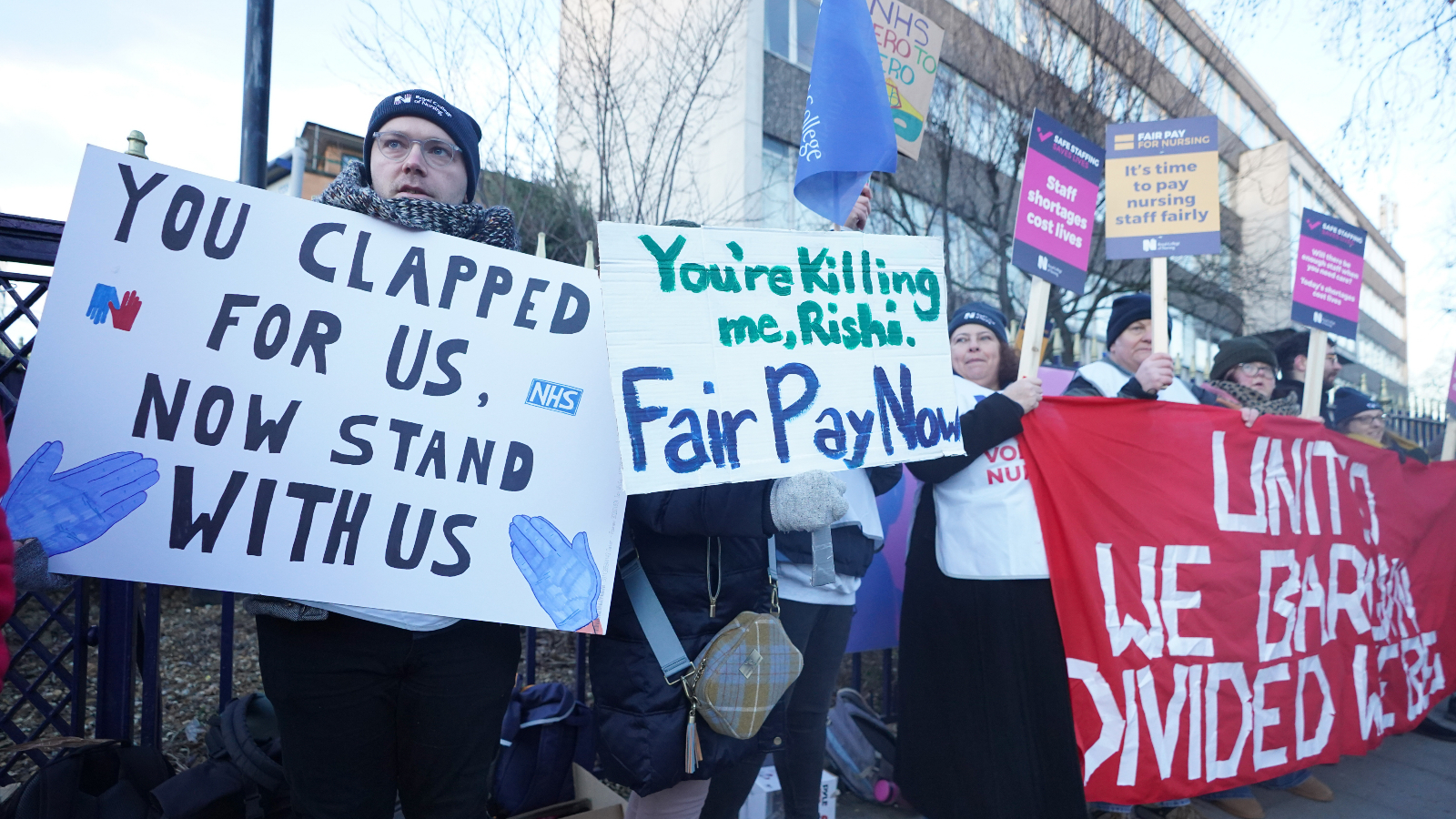From the monthly archives:
February 2023
I had a little exchange on twitter and Mastodon yesterday on reading habits. The initial cause of the exchange was the claim that book reading is in decline, and I asked for some evidence of this, which my interlocutor duly provided in the form of a link to a survey of British readers by Booktrust from 2013. The survey documents the reported reading habits of British people, showing them to be correlated with things like age and socio-economics status, with some worrying drop-off in book reading among the young. I’m sure that the advent of TV and even the radio also brought some declines, and it is always hard to know how seriously to take such worries: young people may be reader shorter pieces of writing on the internet, they aren’t just watching TikTok videos.
However my attention was caught by another statistic: a claim that 6 per cent of respondents, “bookworms”, get through around 12 books per month (or 144 per year). Now I read a lot – as I perceive it – and I complete between 50 and 60 books most years. When I read Les Misérables, albeit in French, that took up nearly a quarter of my annual reading. Ulysses, which needed a lot of looking up, reading on the side etc, took me about a fortnight, and I think I went too fast in places. My guess is that most of these super-readers are not reading such works, or the Critique of Pure Reason, but but rather short thrillers and the like. I can get through a PG Wodehouse in a day (and what a joy that is!), so that would be a way to boost the numbers if boosting the numbers alone were something worth caring about, which it isn’t.
There’s also a question about the density and complexity of the text: how fast should you read? Many literary texts demand close attention at the level of the sentence and below, whereas some genre fiction does not. Literary texts also require digestion and contemplation, which in turn demands time away from them while your brain does the processing. Sometimes they call for re-reading in the light of later passages that draw attention to the significance of an earlier element. So, no, having flinched at my inadequacy compared to the 6 per cent of super-readers, my considered view is that my own consumption is about right, if not a little too high.
There is a kind of relentless contrarian that is very smart, has voracious reading habits, is funny, and ends up in race science and eugenics. You are familiar with the type. Luckily, analytic philosophy also generates different contrarians about its own methods and projects that try to develop more promising (new) paths than these. Contemporary classics in this latter genre are Michael Della Rocca’s (2020) The Parmenidean Ascent, Nathan Ballantyne’s (2019) Knowing Our Limits, and Elijah Millgram’s (2015) The Great Endarkenment all published with Oxford. In the service of a new or start (sometimes presented as a recovery of older wisdom), each engages with analytic philosophy’s self-conception(s), its predominate methods (Della Rocca goes after reflective equilibrium, Millgram after semantic analysis, Ballantyne after the supplements the method of counter example), and the garden paths and epicycles we’ve been following. Feel free to add your own suggestions to this genre.
Millgram and Ballantyne both treat the cognitive division of labor as a challenge to how analytic philosophy is done with Ballantyne opting for extension from what we have and Millgram opting for (partially) starting anew (about which more below). I don’t think I have noticed any mutual citations. Ballantyne, Millgram, and Della Rocca really end up in distinct even opposing places. So, this genre will not be a school.
Millgram’s book, which is the one that prompted this post, also belongs to the small category of works that one might call ‘Darwinian Aristotelianism,’ that is, a form of scientific naturalism that takes teleological causes of a sort rather seriously within a broadly Darwinian approach. Other books in this genre are Dennett’s From Bacteria to Bach and Back (which analyzes it in terms of reasons without a reasoner), and David Haig’s From Darwin to Derrida (which relies heavily on the type/token distinction in order to treat historical types as final causes). The latter written by an evolutionary theorist.* There is almost no mutual citation in these works (in fact, Millgram himself is rather fond of self-citation despite reading widely). C. Thi Nguyen’s (2020) Games: Agency as Art may also be thought to fit this genre, but Millgram is part of his scaffolding, and Nguyen screens off his arguments from philosophical anthropology and so leave it aside here. So much for set up, let me quote its concluding paragraphs of Millgram’s book:
Harry mentioned the politics of the second-best in comments to his post on higher education the other day. I guess it falls into something of the same space as non-ideal theory or realism, as opposed to moralism. The basic idea is that we shouldn’t hold out for purity if doing so gets in the way of making the lives of many people, some of them with urgent needs, better. And that makes a lot of sense. Pursuing the ideal policy, refusing to compromise, only allowing for perfect justice can seem like a form of self-indulgence that has real costs for those who can least afford to bear them. We always have to start from where we are, with the resources that we have and making progress can involve messy compromises with people that we don’t much like in order to do the good that we can.
Last year, I wrote a couple of posts defending historical presentism, that is, the view that we should examine events and actors in history (at least in modern history) in the light of our current concerns, rather than treating them as exempt from any standards except those that prevailed (in the dominant class) at the time.
Those posts referred to controversies within the history profession. Unsurprisingly, given the current state of the US, they have now been embroiled in the culture wars. Rightwing critics of wokeism have now added presentism to the list of evils against which they are fighting, along with critical race theory, cancel culture and so on.
I sometimes employ an undergraduate to observe my teaching, and criticize what I do. I’ve learned a lot from them over the years, but I really employ them, these days, to hold me accountable to the standards I set myself and to tell me what is happening in the room (this is especially valuable in large classes) more than with the expectation that I’ll learn something brand new.
Anyway, last week my new observer, Allyson, solved what has been a longstanding problem for me. In my large classes students get antsy in the last ten minutes, and start, slowly, and discreetly, to put their stuff away and get ready to go. Each individual student is not disruptive, but having most of them doing this over a 7 minute period is very distracting (for them and for me). Its especially bad in winter because they have lots of clothes to put on. [1]
And I am not blaming them for this. My campus is large, and there is a 15 minute gap between classes. Unless they are ready to go the second class ends many of them will be late for the next class.
Allyson pointed out the antsiness, and suggested the following: 7 minutes from the end of class tell them that they are not leaving till the end of the class, but that I am giving them one minute to get their stuff together.
So, I did it on Monday. It was magical, in something like the way that Think Pair Share is magical: one minute of total disruption, followed by 6 minutes of complete focus. Wednesday was the same. What I really noticed on Wednesday was the different noise at 3.45; I dismissed them and the class went from silence to all the noise happening at once, briefly, as they departed much more quickly than I’ve ever seen.
Obviously, what happens in that last 6 minutes is different from before. They can’t take notes, so the 6 minutes has to be stuff that they don’t feel the need to take notes on: last week it was Q&A (and the questions were great), but I can imagine setting up a 5 minute video, or a brief Pair Share about what they have learned in that day. I haven’t read about this before, and when I asked Allyson whether she’d seen this work in other classes, she said no, she just thought it up as a possible solution to a problem she’s seen in all her classes (and almost all of her classes have been large — she’s an Industrial Engineering major). I’m not the least surprised that she is imaginative, but still it was a stunning success. If you try it, or have seen it work already, I’m curious what your experience is/has been.
[1] This is hardly ever a problem in my smaller classes. Indeed in the class Allyson is actually taking from me this semester, which is the last class of the day, it is clear that I could keep them back for an hour and half of them would be happy. Its also not a problem even in the large class if I am in the Tues/Thurs 11-12.15 slot, because nobody who is in a class in that slot has another class till 1. But I try to teach smaller classes in that slot because I know that students in smaller classes are much more likely to hang around chatting for a long time after class, and that is the one slot in which I can guarantee that will be possible because nobody else will need the room till 1.



I had promised you a series on “The Little Things That Restore Your Faith in Humanity,” but then failed to deliver for months after the first item. It wasn’t because I forgot about it, got too busy or distracted, or saw no reason for optimism around me. It’s rather because the things that have caught my attention since are on the “big” side of the spectrum. This one probably is, too, but…oh, well.
It’s the changing public opinion attitude towards strikes, and industrial action more generally, in the UK. Well, even more than that it’s the sheer fact that industrial action is back in the toolkit of political action, and with a vengeance at that – but there is no reasonable way this could be called a “little thing,” so late me make a separate post about it.
I live in Manchester, in a neighbourhood with a very high number of public sector workers, and whose nickname is “The People’s Republic of Chorlton.” So sure, the level of support – indeed enthusiasm – that I witness around me is most probably not representative. Still, it’s not only an echo chamber effect. Public opinion is by and large in favour of the current wave of strikes in the public sector (and in some areas of the private sector). Striking is no longer seen as a privilege which only public sector workers can afford engaging in without serious repercussions, and a nuisance for everybody else. Of course, the level of support is also a contributing factor to the level and spread of industrial action to begin with. This is especially true because the support seems to be resilient over time, even as some disputes in some crucial sectors stretch out; and because it seems to be correlated to beliefs about fairness, not to whether a particular set of strikes is disruptive or not. So, yeah, point taken: definitely not a little thing. Watch this space.
While we are on the subject of universities, it’s worth noting the likely acquisition of the so-called University of Phoenix by the University of Arkansas System.
After a string of similar acquisitions, closures and conversion to non-profit status, this is pretty much the end of explicitly for-profit university education in the US. It’s a striking development given the strong support the sector got from Betsy de Vos in the Trump Administration, which turns out to have merely staved off the inevitable. The boom in online education during the lockdown phase of the pandemic seems only to have increased the marketability of for-profits to public universities looking to expand their options.
In retrospect, the whole for-profit boom was not an upsurge in enthusiasm for the free-market but a straightforward regulatory scam, exploiting public aid to low-income students. Australia had an almost identical experience with for-profit vocational education. As Richard Mulgan observed, this is a predictable outcome of introducing the profit motive into a system built largely on assumptions of professionalism and trust.
That’s true of contracting out of public services in general. Without tight regulation (which may or not be feasible) contracts will go to those who’ve worked out clever ways to rort the system[1], not those able to provide a better service at lower costs.
fn1. This Australianism roughly translates as “game the system”.
Sandy Baum and Michael McPherson recently published a book, Can College Level The Playing Field?: Higher Education in an Unequal Society, which I’d recommend to anyone who wants to understand the structural position of higher education in the US. Spoiler alert here: Their answer is “No”. Most of the book is taken up with explaining why, by showing the multiple ways in which background inequalities and inequalities in the pre-college education system constrain any efforts higher education might make to level the playing field, and showing how unequal the higher education system is anyway, including – and this seems not to be well understood by politicians or a lot of commentators – how unequal the public sector itself is.
Full disclosure: I’m close friends with both of the authors, and read at least 3 versions of the manuscript before it was published and, I just realized by looking at its Princeton University Press page, wrote a blurb for it. The producer of the CEE podcast series is putting the finishing touches on an interview that we’ve done with them, and as soon as it is published, I’ll post about it encouraging you to listen and, again, encouraging you to read the book.
This (extremely long) post, though, is only secondarily about the book. My main interest is in a genuinely awful review of it, and of another book by Gary Orfield (which, I will emphasize several times, I have not read yet), in Boston Review by Christopher Newfield. I’m writing about it partly because it so irritated me that I want to get my irritation out of my system, but also partly because it illustrates some of the failings that are common to many of the books and commentaries I read about higher education.



